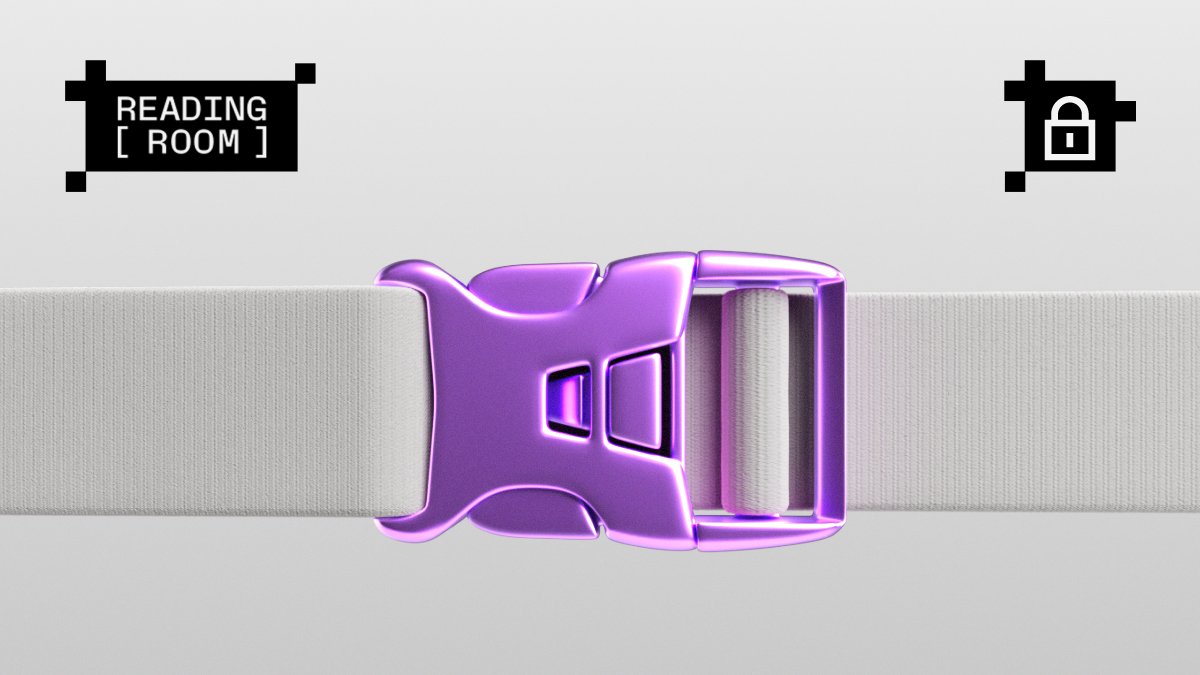The 2025 Crypto Security Landscape: Protecting Your Assets
Nov 7, 2025
Crypto security has never been more critical than in 2025. This year has seen unprecedented levels of individual losses, with a staggering $3.1 billion reported stolen in just the first half. Individual users are feeling the brunt of this surge in cybercrime, as scams evolve and target those who may not be adequately prepared. So, what can you do to protect your digital assets? Here’s a comprehensive guide to help you understand the current threats and how to safeguard your cryptocurrency.
Understanding the Threat Landscape
In 2025, the landscape of threats to cryptocurrency users is alarmingly sophisticated. Here are some of the major risks:
Malware Targeting Wallet Interfaces
Malware is among the most prevalent threats. It often masquerades as legitimate software but secretly looks to compromise your wallet’s security.
- Malware-as-a-Service: Cybercriminals can purchase ready-made malware tools on dark web forums, drastically lowering the entry barrier for potential attackers.
- Infostealers: Malware like RedLine or Vidar stealthily collects sensitive information, including private keys and passwords, often remaining undetected until it’s too late.
Additionally, malware can infiltrate your systems in several ways:
- Bad Browser Add-Ons: Fake extensions mimicking popular wallets can harvest your private keys. Research showed over 40 such add-ons targeting users of wallets like MetaMask and TrustWallet.
- Infected Software: Even legitimate-seeming software may harbor malicious code, quietly taking control of your crypto transactions.
- Social Engineering: Scammers often manipulate users into running malicious commands in their systems, effectively granting their malware access.
To counter these threats, keep your private keys in a secure hardware wallet like a Ledger, which isolates them from online access.
Phishing Attacks: A Social Engineering Nightmare
Phishing is another way scammers trick people into revealing sensitive information. By impersonating legitimate organizations, they can easily lure users into compromising their accounts.
-
Email Phishing: Scammers send emails claiming your account needs urgent attention. Clicking on the links often leads to phishing sites designed to mirror legitimate platforms.
- Deepfake Phishing: A sophisticated form of phishing where scammers use AI to clone voices or visuals of trusted individuals, effectively coercing victims into revealing sensitive information.
Here are some preventative measures:
- Verify Accounts: Always check the authenticity of any communication or platform you engage with.
- Stay Calm During Urgency: Be skeptical of messages that create a sense of urgency.
- Avoid Clicking Links: Navigate to official websites directly rather than through links.
- Never Share Your Seed Phrase: There’s no legitimate reason anyone should ask for it.
Navigating Smart Contract Risks
Working with smart contracts also presents unique vulnerabilities. Whether malicious or benign, improperly reviewed contracts can lead to significant asset loss.
Blind Signing
Signing a transaction without understanding what you’re approving can result in grave consequences, equivalent to a blank check. Always ensure you know exactly what the contract will do and who the receiving party is.
Bugs and Vulnerabilities
Smart contracts can have inherent vulnerabilities that can be exploited, potentially leading to loss or unintended consequences for users.
Core Security Principles for Crypto Users
Ensuring the safety of your digital assets cannot be overstated. Here are foundational security principles to adopt:
Self-Custody
Maintaining control over your private keys is crucial. Opt for self-custody rather than relying on custodial services, which can put your assets at risk.
Offline Storage
Storing your private keys offline significantly reduces the risk of malware attacks. A hardware wallet, like a Ledger device, is essential for this level of protection.
Secure Your Seed Phrase
The seed phrase is critical for recovering access to your assets, so store it securely—avoid keeping it online or digitally, and consider damage-proof backups.
Layered Security
Utilize security features like setting a strong device PIN or enabling a passphrase for an additional layer of security. Ensure that you regularly update your hardware and software to stay ahead of evolving threats.
Engaging with Hardware Wallets
Using hardware wallets like Ledger can greatly enhance the security of your crypto transactions. Pay attention to the following:
- Verify Device Seals: Check for tamper-proof seals when your device arrives.
- Install Software Only from Official Sources: Protect against phishing by ensuring you download apps from verified links.
- Regularly Update Firmware: This ensures the device has the latest security patches.
Your approach to security can mean the difference between a safeguarded investment and substantial loss. By adopting a mindful strategy, you can better navigate the complexities of cryptocurrency in 2025.





